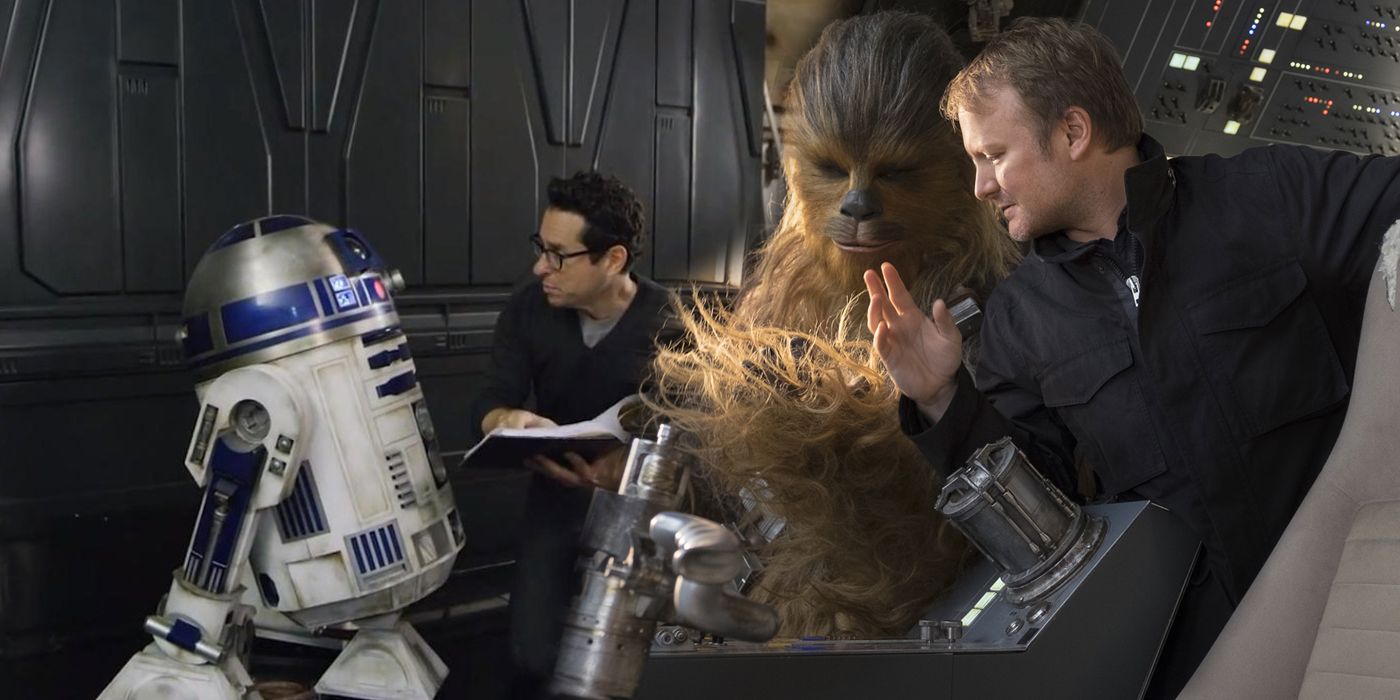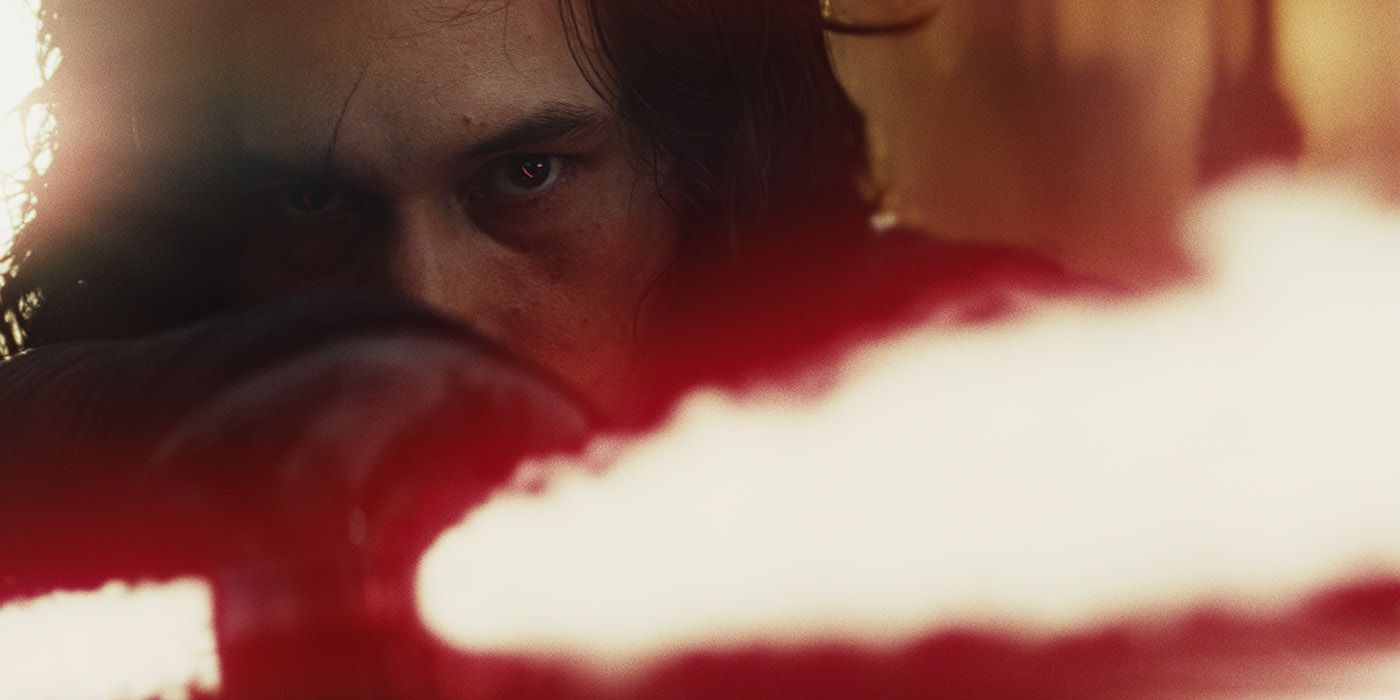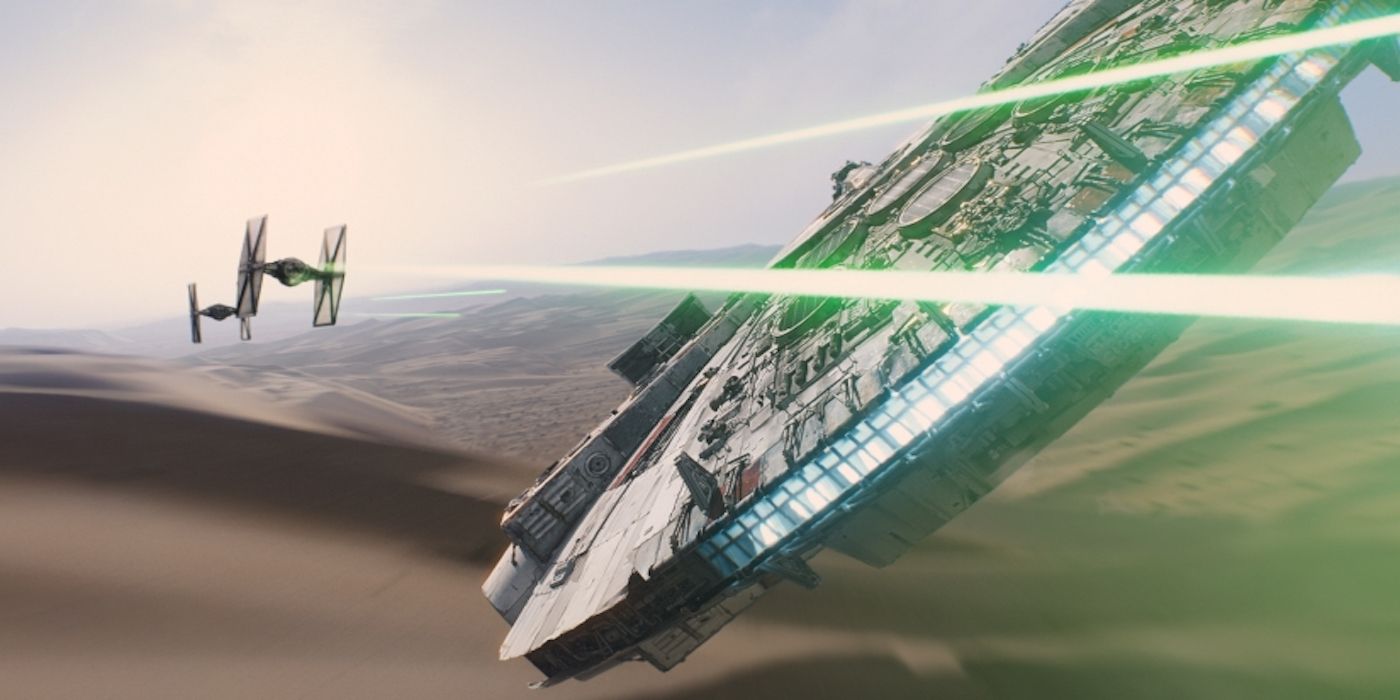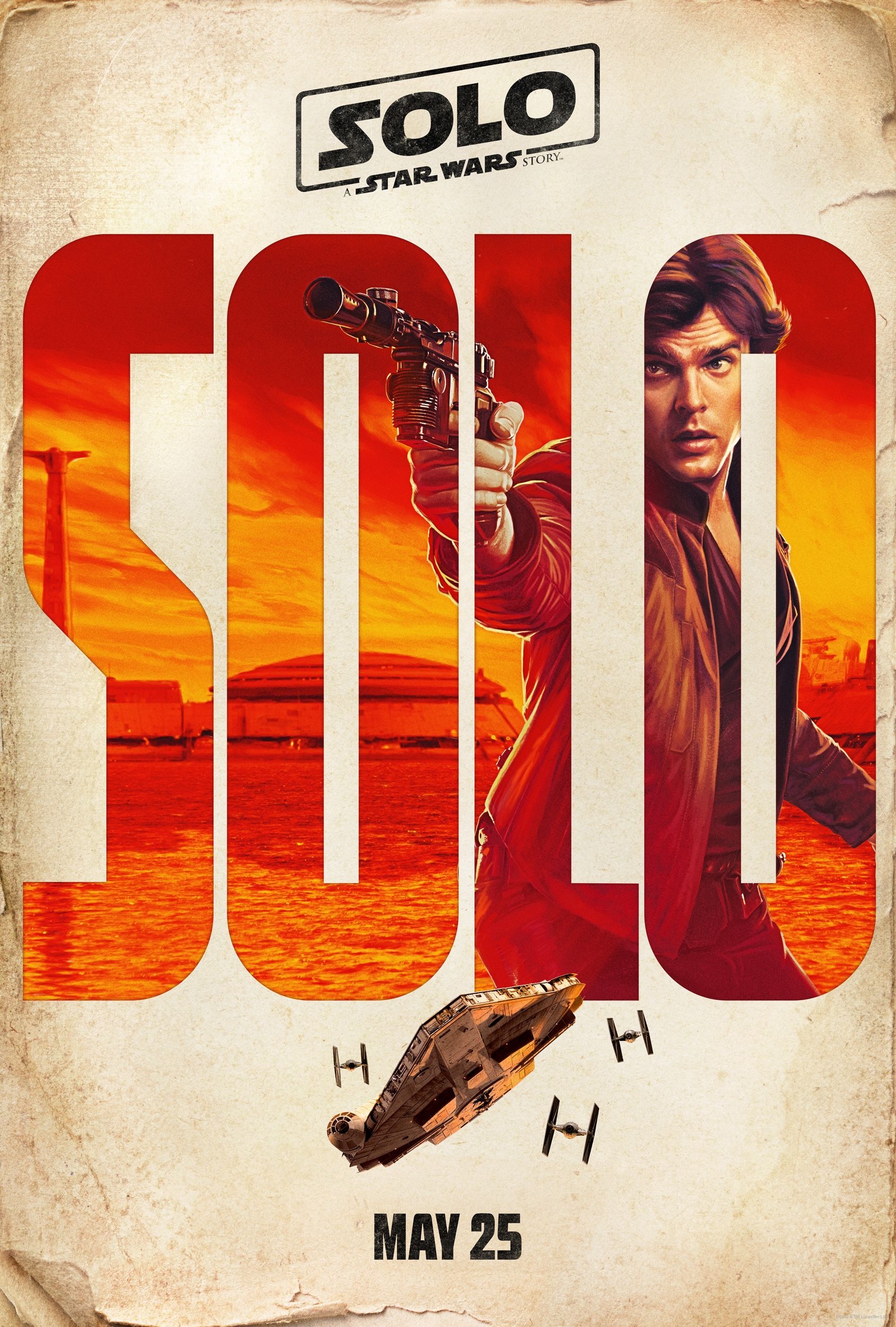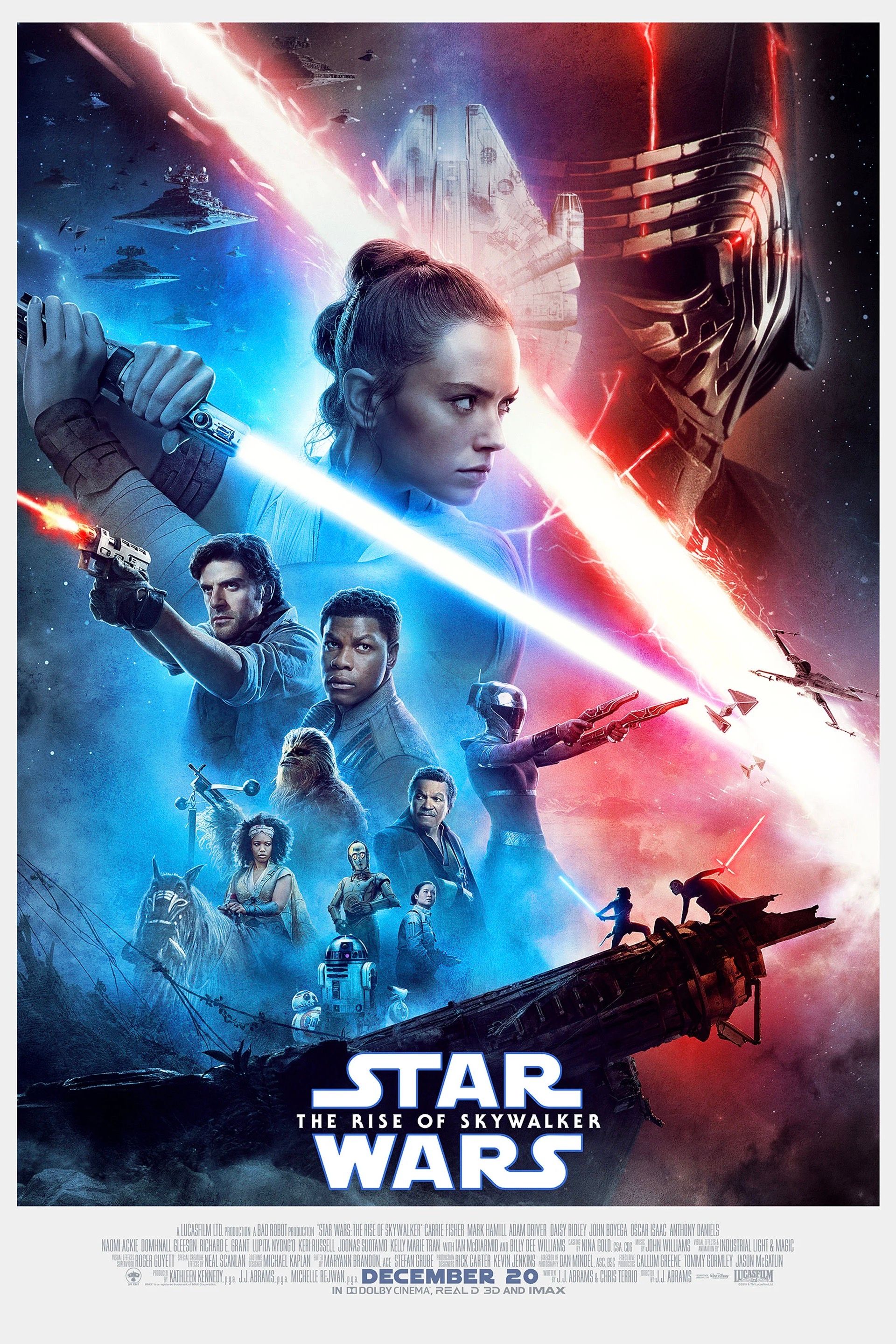It's difficult to compare the directing jobs of J.J. Abrams and Rian Johnson on Star Wars: The Force Awakens and The Last Jedi, respectively because it's not a 1:1 equation. The two directors had very different jobs to do: Johnson was the orange to Abrams' apple, even if they both executed their jobs with the same level of passion. At the end of the day, however, it must be said that Abrams is the better filmmaker when it comes to evoking Star Wars.
With Star Wars: The Force Awakens, Abrams had an unenviable task. First he had to prove it was still possible to make an original trilogy-type film, so viewers would know they weren't walking into another divisive prequel. Then he had to catch viewers up with the original trilogy characters in a believable way, thirty years later. And he had to introduce a compelling new generation of heroes and villains that longtime Star Wars fans and newcomers alike would love.
Related: How The Last Jedi Retconned The Force Awakens’ Original Plans
A lifelong devotee of Star Wars, Abrams picks up after Return of the Jedi and a three-decade time jump without missing a beat. Of course, detractors say that The Force Awakens is too similar to A New Hope, but while they're not wrong, what else could it have been without alienating fans who wanted to see Star Wars return to form? The film embodied the "return" of Star Wars, serving as a filmic representation of the hype of Disney launching a new trilogy.
Star Wars: The Last Jedi is a completely different kind of movie. As the second in a trilogy, its job is to push the boundaries and take the story into unprecedented directions. Indeed, there's no question that Johnson's film was the most innovative of the two, charting new ground and telling a more intense and more personal story for every major character. It got people talking and debating in a way Star Wars fans haven't done in a long time (plus, it gave us the best alien critters since Star Trek's Tribbles). Of course, Episode VIII has become regarded as a divisive entry, with a major fan backlash, but overall it's been well received. And so, to really get to the bottom of the matter, we have to go deeper.
The Crucial Differences Between The Force Awakens and The Last Jedi
When examining the stories, positives and negatives can be found in both: The Force Awakens gives fans three-dimensional, likable new heroes in Rey, Finn, and Poe, albeit characters that must exist in a plot that is highly derivative; conversely, The Last Jedi presses boldly forward, testing what a Star Wars movie can and should be, with mostly positive results, but not without some that are roundly accepted as dumbfounding (see when Johnson turns Leia into Mary Poppins flying through space).
But we're talking direction, and when examining purely their abilities and techniques as filmmakers, Johnson is terrific but Abrams brings a sense of crowd-pleasing grandeur that his successor can't match. Abrams' style is to frame shots in dynamic ways, his camera always moving, his epic composition making you never want to take your eyes off the screen.
Related: 10 Secrets Lucasfilm Just Revealed About The Last Jedi
Force Awakens may be less inventive than Last Jedi, but it's a tighter story that never wanders (Canto Bight could be cut from Last Jedi and you'd have the exact same movie), flows consistently, and recaptures the classic Star Wars feel in ways The Last Jedi never quite manages. Abrams keeps his story laser-sharp focused, every scene contributing to the endgame in some way. His is a movie that does precisely what it sets out to do, and it does it with an unwavering sense of confidence and purpose that can be felt by the viewer.
The Last Jedi comes across as segmented at times, not least with its sense of humor. From the very start, when the action of the Resistance's escape from D'Qar stops flat early in the movie so there can be a comedic scene where Poe Dameron stalls General Hux by trolling him over the radio, it's clear this will be a movie of contrast. Oftentimes it's funny, sure, but it grinds the action to a complete halt for a good minute or more each time, leaving the movie to work harder to regain the momentum it had built up before. In contrast, Abrams' film better interweaves comedic moments, tense action, emotional drama, and more, without ever losing its flow. That mixture mirrored the kind of storytelling that the original trilogy was known for.
As great as The Last Jedi is — and it is superb in many ways — it rarely feels like the kind of experience fans expect when watching a Star Wars film. Much of that is intentional, as it should be. At the same time, sometimes it takes that departure too far.
The Key Star Wars Factor The Last Jedi Is Missing
There's a particular technique of crowd-pleasing filmmaking that builds tension before paying it off just right, where the directing, acting, editing, sound, and music all work in concert to create a cathartic, powerful crescendo. As it starts, the viewer's sense of excitement or peril rises as the stakes get higher and higher. Then there's a (usually silent) break for a brief "all is lost" moment that causes the viewer to ask, "What's going to happen? Will the good guy(s) prevail?" Finally, it ends with a big, cathartic oomph of a payoff.
Related: The Last Jedi Was A Great Film – But A Disappointing Star Wars Movie
This technique is stock-in-trade for Star Wars. You'll experience it at the end of A New Hope when Luke flies through the Death Star trench. It's in Empire Strikes Back when Luke fights the AT-AT walker, and again when Darth Vader reveals his true identity. Return of the Jedi employs it when Luke jumps off the plank before Jabba's barge, and numerous times throughout the climactic battle. Abrams utilizes it in The Force Awakens when Rey swings the Falcon around so Finn can shoot down the last TIE Fighter, and it's the exact structure of Rey's Force-fueled vision. Abrams later uses it not once but twice during the Rey/Kylo Ren lightsaber fight.
Johnson subscribes to different kinds of storytelling techniques, all of which are equally valid, but none of which provide the kind of cathartic release that energizes the audience. And Star Wars audiences want that excitement and catharsis. There are exceptions, of course. Holdo ramming Snoke's ship at light speed is a genuine stand-up-and-cheer moment. The Finn/Phasma fight is built similarly. But there's precious little else that gives audiences something to root for in what they're seeing, or captures the Star Wars disposition.
-
The debate over which director, which story, and which movie is better will rage on for years, and there's never going to be an answer that's absolute. But when it comes to directing a Star Wars movie that checks off every expectation of what a Star Wars movie is and should be... Abrams is the clear winner. It's a good thing he's back for Episode IX.
Next: Will J.J. Abrams ‘Course Correct’ Star Wars in Episode 9?

